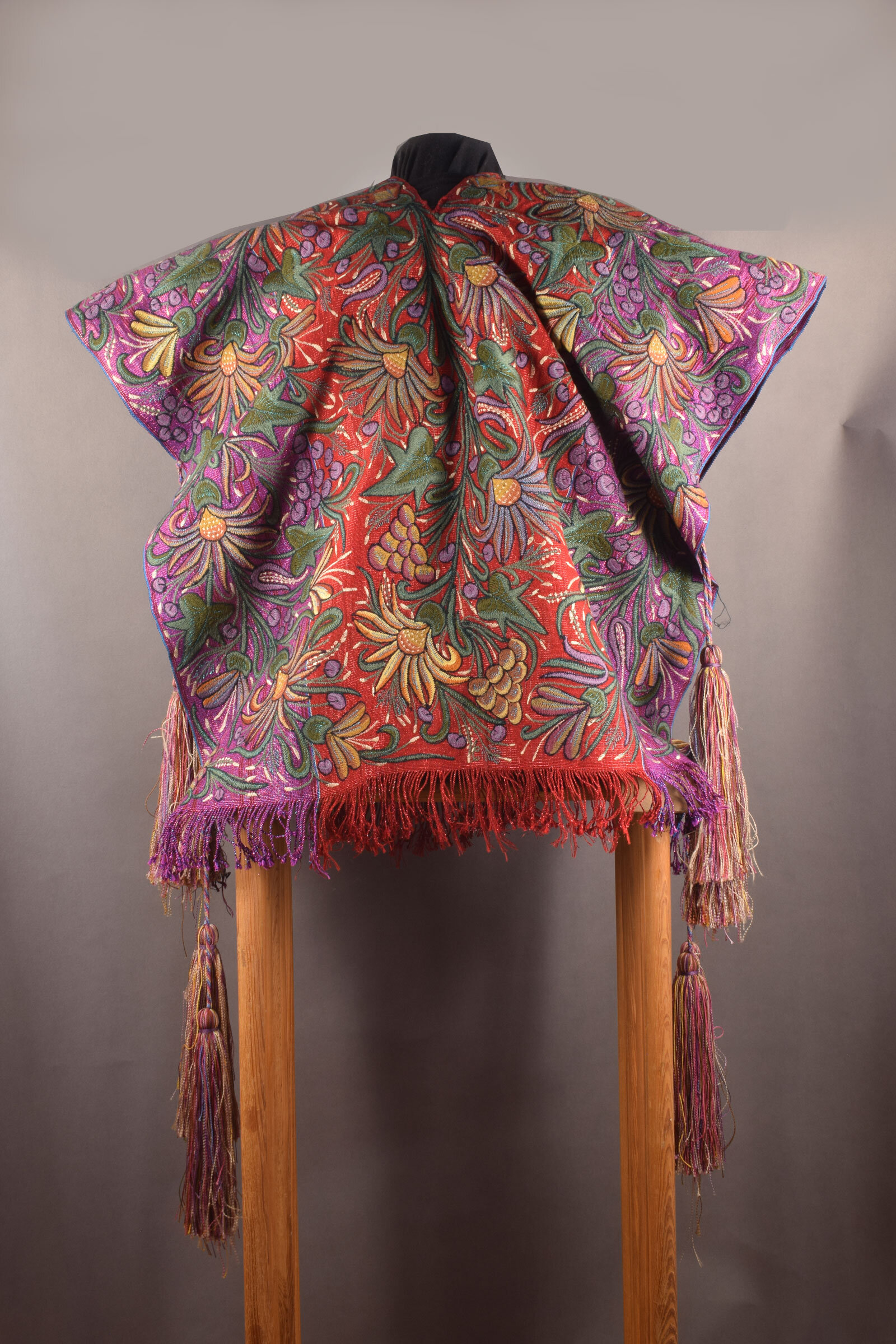Crosses
Nichos, Santos, Angels
Skeletons for Dia de Muertos
Vintage Folk Art
Serious and Whimsical Ex-Votos
Oaxacan Woodcarvings
Other Folk Art Treasures
Hearts
Small Guatemalan Paintings
About Guatemalan Textiles
Guatemalan Huipiles
Handwoven Scarves from Guatemala
Guatemalan Cortes and Men's Pants
Guatemalan Tzutes, Manteles, and Cintas
Guatemalan Purses
Guatemalan Table Runners and Women's Market Aprons




